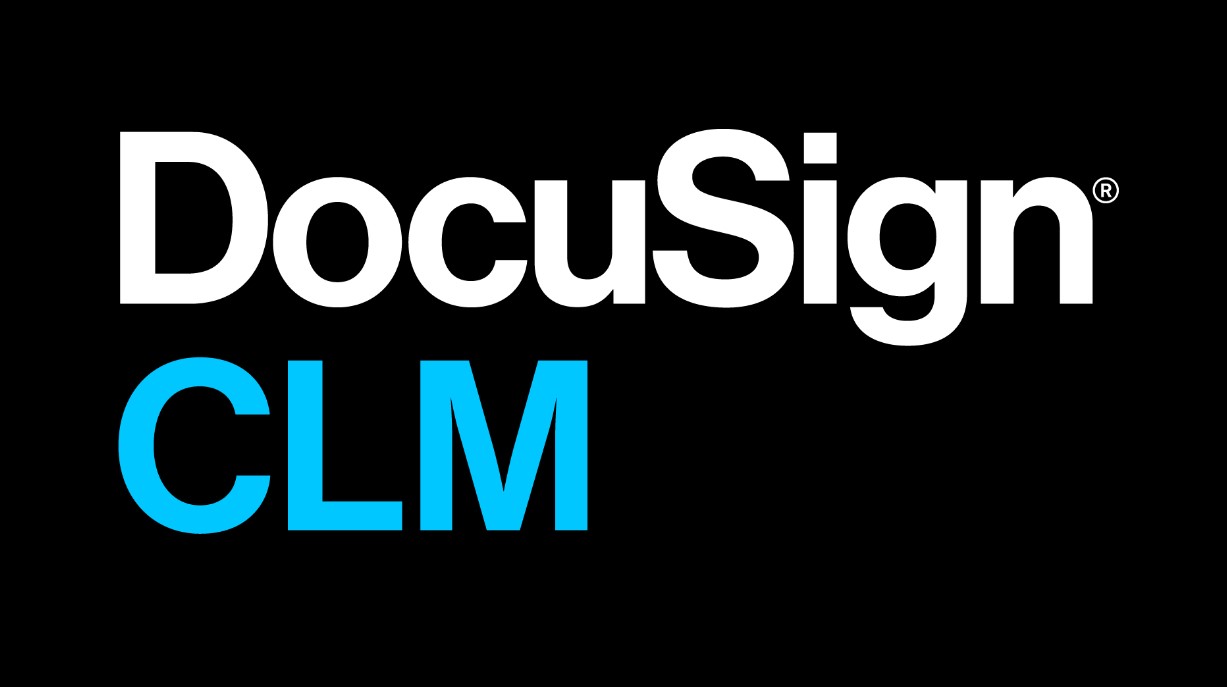Description
Introduction of Maintenance in Labware LIMS
This course is designed for laboratory managers, IT professionals, and support staff who are responsible for maintaining and troubleshooting Labware LIMS (Laboratory Information Management System). It covers key strategies for diagnosing and resolving issues, as well as best practices for ensuring the optimal performance and reliability of Labware LIMS over time.
Prerequisites
- Basic Knowledge of Labware LIMS: Familiarity with the functionalities and workflows of Labware LIMS.
- Understanding of IT and Networking: Basic understanding of networking, system administration, and hardware troubleshooting.
- Familiarity with Laboratory Processes: Understanding how Labware LIMS interacts with laboratory workflows, instruments, and data management.
Table of Contents
1. Introduction to Labware LIMS Maintenance
1.1. Importance of Regular Maintenance for LIMS
1.2. Key Components of Labware LIMS Architecture
1.3. Common Issues and Troubleshooting Scenarios
2. Preventive Maintenance for Labware LIMS
2.1. Monitoring System Health and Performance
2.2. Routine Database and System Backups
2.3. Updating and Patching Labware LIMS
2.4. Managing User Permissions and Access Control
2.5. Reviewing System Logs for Potential Issues
3. Troubleshooting Common Issues in Labware LIMS
3.1. System Downtime and Performance Issues
3.2. Data Inconsistencies and Integrity Problems
3.3. Errors in Instrument Integration and Data Transfer
3.4. Reporting and Analytics Errors
3.5. Addressing User Login and Authentication Issues
4. Database Troubleshooting
4.1. Diagnosing Database Connectivity Issues
4.2. Resolving Database Locking and Performance Issues
4.3. Handling Data Corruption and Recovery Procedures
4.4. Managing Database Integrity and Indexing
4.5. Database Optimization for Speed and Efficiency
5. Instrument Integration Troubleshooting
5.1. Common Instrument Integration Issues
5.2. Diagnosing Data Transfer Problems
5.3. Resolving Communication Protocol Errors
5.4. Troubleshooting Middleware and APIs(Ref: )
5.5. Dealing with Instrument Calibration and Data Accuracy
6. User Interface and Workflow Issues
6.1. Identifying and Fixing UI Performance Problems
6.2. Resolving Workflow Configuration Issues
6.3. Debugging User-Specific Issues (e.g., permissions or access)
6.4. Addressing Customization and Configuration Errors
6.5. Improving System Usability
7. Error Logging and Diagnostics
7.1. Using System Logs for Troubleshooting
7.2. Configuring Error Logging for Effective Troubleshooting
7.3. Analyzing and Interpreting Log Files
7.4. Implementing Automated Alerts for System Errors
7.5. Using Diagnostic Tools for In-Depth Analysis
8. System Security and Maintenance
8.1. Managing Security Vulnerabilities and Updates
8.2. Securing Data Transfers and User Access
8.3. Maintaining Compliance with Industry Standards
8.4. Conducting Security Audits and Risk Assessments
8.5. Resolving Issues with User Authentication and Permissions
9. Handling Data Migration and System Upgrades
9.1. Best Practices for System Upgrades and Updates
9.2. Troubleshooting Data Migration Issues
9.3. Ensuring Data Integrity During System Transitions
9.4. Managing Legacy Data and System Compatibility
9.5. Post-Upgrade Validation and Testing
10. Best Practices for Labware LIMS Maintenance
10.1. Setting Up a Maintenance Schedule
10.2. Establishing Key Performance Indicators (KPIs)
10.3. Training and Supporting Users for Better Troubleshooting
10.4. Collaborating with IT Support Teams for Issue Resolution
10.5. Continuous Improvement for LIMS Performance
11. Conclusion
11.1. Summary of Key Troubleshooting Techniques
11.2. Importance of Preventive Maintenance for LIMS Longevity
11.3. Future Considerations for Labware LIMS Support and Management
Conclusion
Effective troubleshooting and maintenance of Labware LIMS are crucial for ensuring its smooth operation and minimizing downtime. By following preventive maintenance strategies, quickly diagnosing common issues, and performing regular system checks, laboratories can maintain the integrity and performance of Labware LIMS. This course provides participants with the essential tools and knowledge to address system and data issues, enhance security, and ensure the system is running efficiently, ensuring continued support for laboratory operations and regulatory compliance.







Reviews
There are no reviews yet.